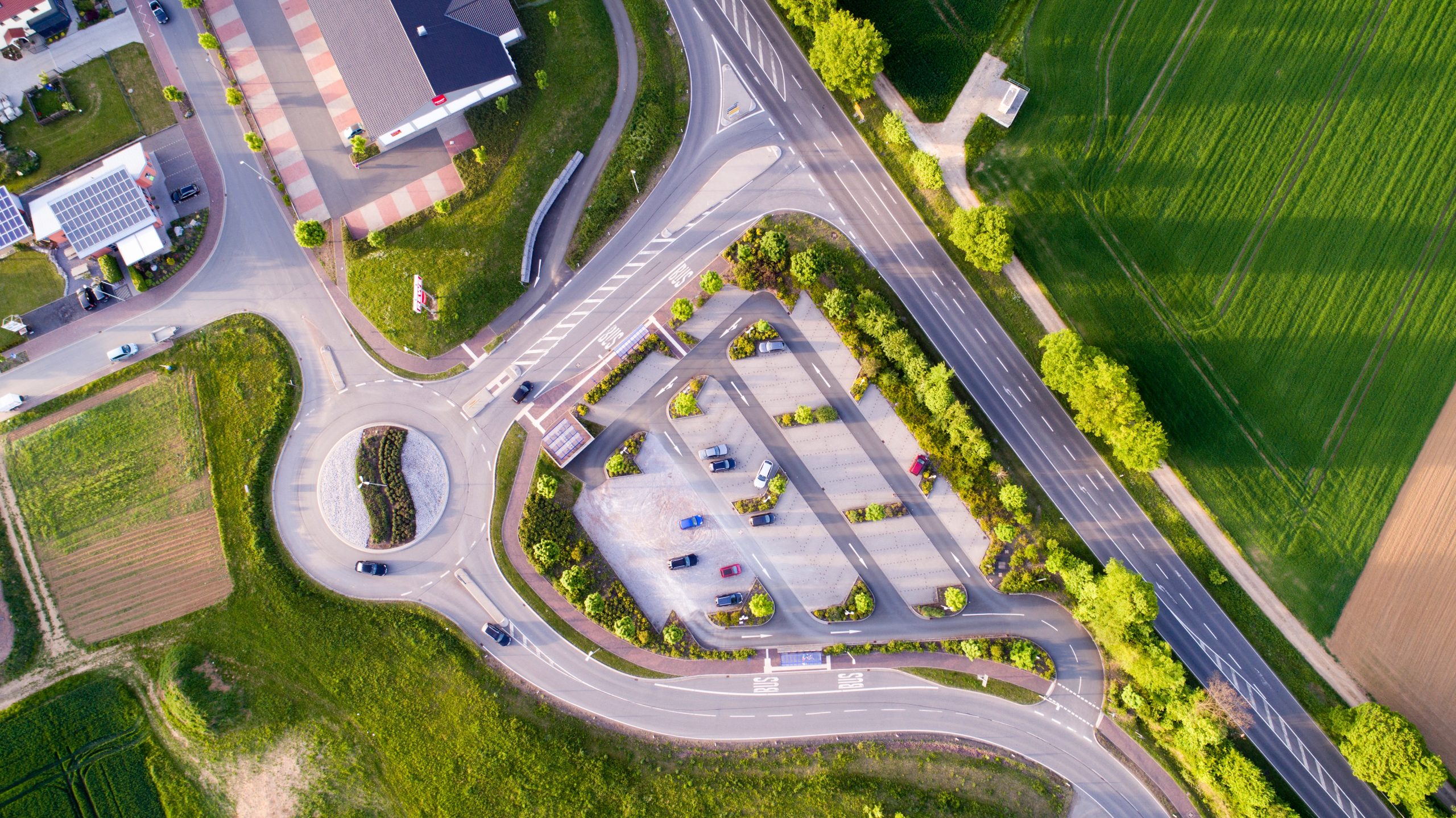By Catherine Ellis
The Current Climate Issue Facing Cities
Cities are facing additional and amplified challenges as a result of rapid urbanisation; 55% now residing in urban areas and projections for 68% by 2050 (UN World Urbanization Prospects 2018 Key Facts). With more people living in urban than rural areas globally, more than 80% of global GDP is generated in cities (World Bank)2.
As climate change, extreme weather events and increasing urban populations become more evident, the functioning of cities and global GDP is reliant on the ability to not only withstand such pressures but adapt and thrive. This ability is referred to as Urban Resilience; an urban system’s capability to “maintain continuity through shocks and stresses while positively adapting and transforming towards sustainability.”2.
Urban resilience provides the tools and infrastructure to enable cities to cope with these climate pressures, however few cities are currently resilient, threatening global GDP and putting people at risk to climate change. The Cities Climate Finance Leadership Alliance estimates that the cost of maintaining the operational capacity of urban infrastructure is $4.1-4.3 trillion (The Cities Climate Finance Leadership Alliance; source 13). A further 1.5 trillion is necessary to make the projected growth of urban infrastructure low-emission and climate resilient (World Bank). As such, cost-effective and climate-resilient solutions are a necessary component for sustainable, innovative and productive cities2.
- The Paris Climate Conference (COP21)
- COP21 refers to the 21st Conference of the Parties to the UNFCCC from which legal frameworks are agreed in order to limit global warming to 1.5°C and achieve carbon neutrality17.
- As cities contribute up to 70% of the world’s total greenhouse gas (GHG) emissions16, Urban Resilience is a key part of the COP21 as it urges cities to move towards low carbon and resilient developments17.
- UN Climate Change Sustainable Development Goals (SDGs)
- Specifically, SDG 11 highlights the key role of urban cities as a method for sustainable development with the Sustainable Cities and Communities goal to; “make cities and human settlements inclusive, safe, resilience and sustainable”.
- Habitat III
- A 2016 Conference to maintain momentum in utilising COP21 frameworks by creating ‘The New Urban Agenda‘; a set of urban rules, regulations for sustainable city planning and design16.
Nature Based Solutions for Urban Resilience
What are Nature-based Solutions and how do they help?
Nature-based Solutions (NbS) are an emerging range of interventions allowing integration of ecosystem-based approaches to address a range of societal challenges1. When applied to a city, they act to facilitate urban resilience in a cost-effective way that combines nature-inspired solutions with environmental, social and economic benefits4.
A necessary criteria for NbS is that they aids biodiversity and supports a range of ecosystem services. In doing so, these solutions bring more diverse and natural processes into cities through multifunctional and resource-efficient interventions that are adapted to meet the area’s specific needs4.
Nature-based solutions can help towns and cities adapt to and mitigate climate change through the following outcomes and examples outlined by Scotland’s Nature Agency5:
- Improved Public health
– Water security
– Improved air quality with Greenhouse Gas (GHG) and particle removal by vegetation and trees. - Water security and management
– Improved water flow management by decreasing rainwater runoff and reducing sediments and contaminants from entering watercourses. - Supporting ecosystems and biodiversity
– Increased areas for species’ habitat and connectivity.
– Urban cooling provided by shading from trees and vegetation, and associated soils’ evapotranspiration. - Green infrastructure and economic development
– Ability to withstand and adapt to climate change challenges.
Nature-based Solutions in Practice
Green Roofs
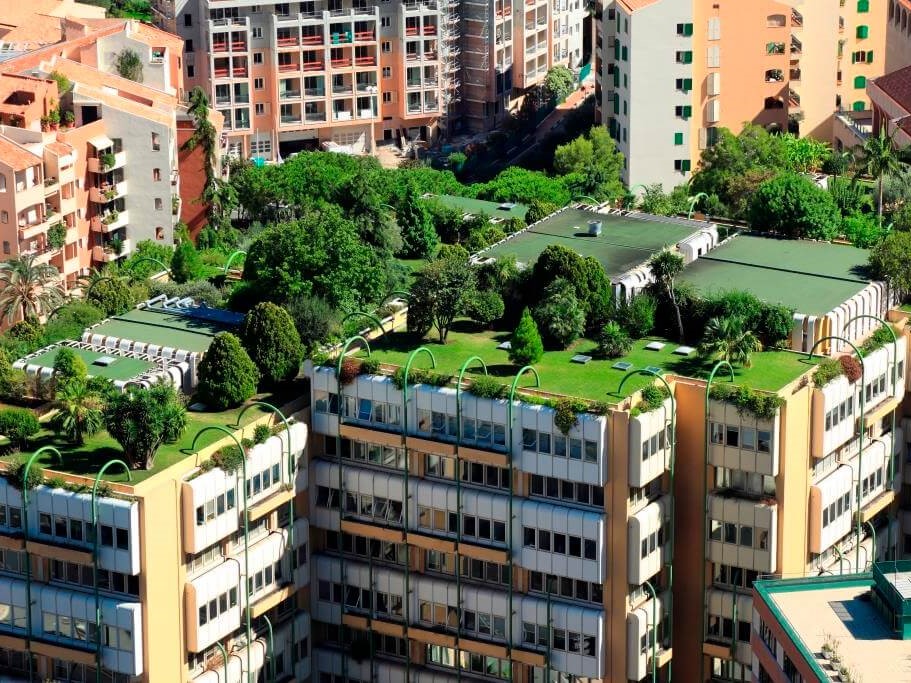
- Green roofs are a way of providing urban cooling to mitigate current and projected urban heat increases driven by climate change7.
- Additional benefits include opportunities for fresh food production, a space for community recreation and environmental education, capturing stormwater for irrigation use, and providing habitats for biodiversity7.
Sustainable Drainage Systems (SuDS)
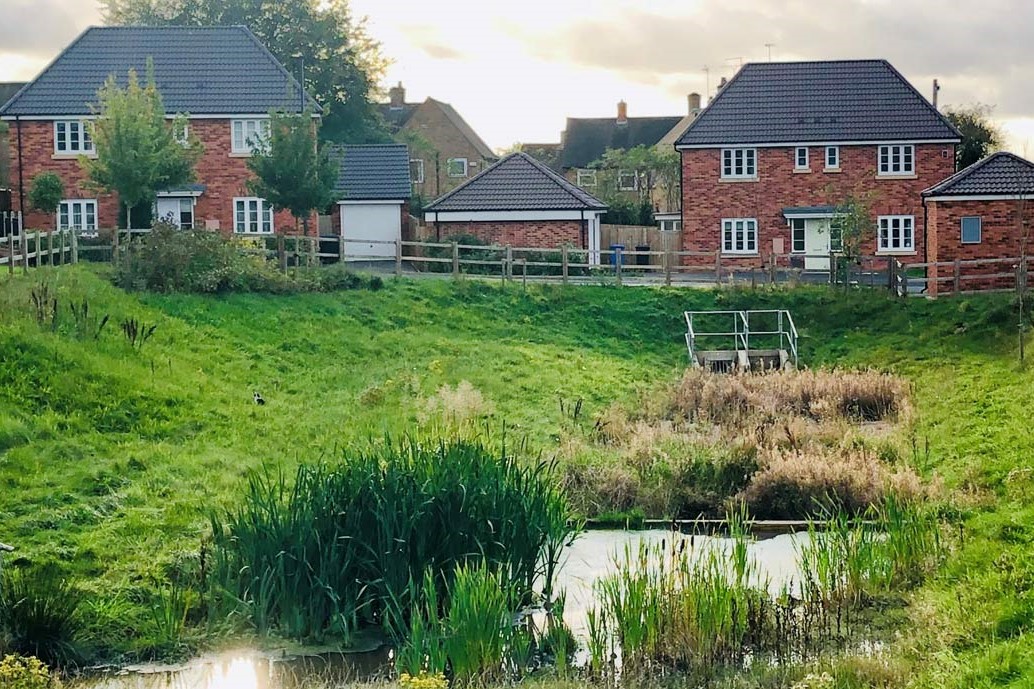
- Inspired by natural drainage regimes, SuDS combat surface water flooding, improve water quality and the biodiversity value of the environment. This is accomplished by reducing flow rates, expanding water storage capacity and preventing pollution flow into water environments14.
Street Trees, Parks & Green Areas
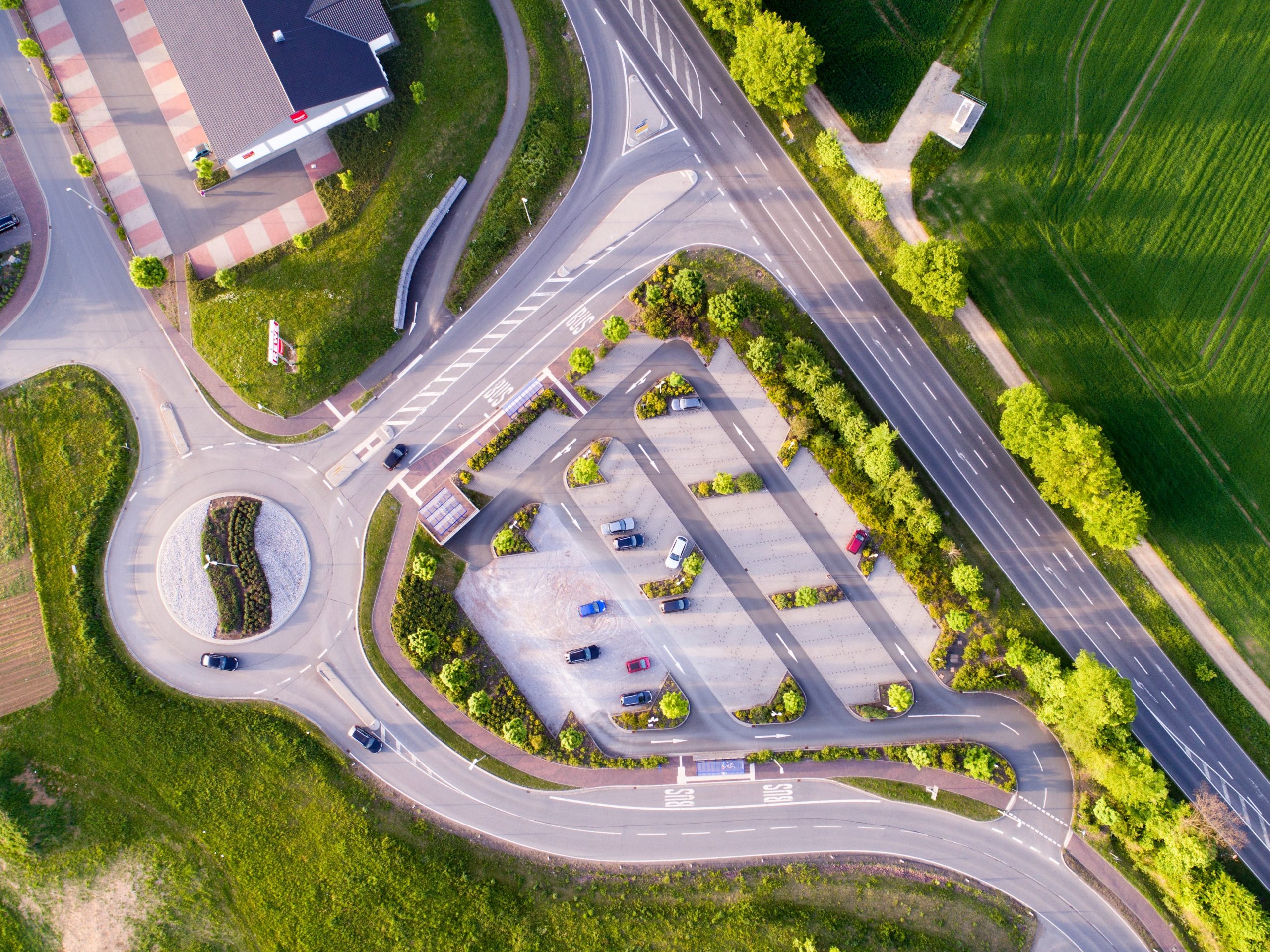
- Provide benefits by absorbing dust, GHGs and noise, sheltering and cooling property, sinking carbon and buffering flooding. Green spaces have been found to increase the wellbeing and outdoor activity of city inhabitants as well as enhance area aesthetics6.
- Read more about city air pollution and its impact on inhabitants on our recent blog article.
What are the current issues faced in implementing Urban Nature-Based Solutions, and how can these be solved?
Nature-based Solutions are a cost-effective way of building urban resilience. When compared to traditional infrastructure, NbS have been found to “deliver more jobs per dollar, higher economic returns and are faster to implement and more sustainable in the long run”10.
So, with Nature-based Solutions gaining positive recognition and results, what are the immediate challenges facing effective implementation and how can they be overcome?
1. Indicators and Urban Planning
The Challenge
Due to the range of ecosystems NbS aim to address and their multifunctionality, NbS are complex to implement. Trade-offs between functions, time- and spatial-scales also need to be considered1.
An example trade-off could be increased tree planting but with non-native species which benefits GHG mitigation but not local biodiversity. Although trade-offs and co-benefits are often referred to in literature, few are empirically measured and recorded. Additionally, there is relatively scarce evidence of further unintentional side effects of Nature-based Solutions7.
The Solution
Establishing indicators that capture trade-offs is particularly important for decision-making in urban policy. Indicators provide data on urban trends which can help track the suitability and need for NbS in a given area such as upcoming flood risk. They also provide the quantitative basis for assessing NbS contributions to climate change adaptation and mitigation7. Indicators should not only analyse environmental impacts of NbS but aim to define and measure the community health and social impacts too. For example, using multiple data streams that incorporate city tax, building construction and remote sensing data can help identify which buildings have the potential for green roof installations 7.
Urban planning using a framework that incorporates these indicators is crucial for effectively applying NbS to a given area1.
2. Collaboration between multiple sectors
The Challenge
Transference and communication of knowledge is currently lacking across different sectors; private, public and government. As urban NbS aims to work holistically and bring together multiple aspects of a city, a range of organisations are required to be involved. Beyond inner-city communication, knowledge also needs to be shared between cities and countries.
The Solution
Promoting cooperation between private and public actors, and enabling and strengthening cooperation across different sectors and levels of governance8. The creation of dedicated platforms has been recognised by the COP21 as being important for exchanging experiences and best practices for implementing NbS across networks of cities13.
This supports the development of systematic common standards in regards to indicators and urban planning13 – ultimately helping overcome challenges in these areas too.
3. Innovative Financing
The Challenge
Quantifying the benefits of NbS to investors is a current challenge as the required investments relate to human, social and natural capital, not just material and financial capital. The current lack of recognition for expenditures on these ‘nonmonetary’ components as assets somewhat explains the lack of investment in NbS projects9. This ties back to the need for indicators and a platform for communication.
Additionally, as multiple organisations are inherently involved in NbS a new form of investment and financing is required to ameliorate issues of ownership and risk-sharing of debt9.
The Solution
Funding is then best provided in the form of equity to reflect mutual sharing and involving the measurement of less conventional forms of capital. In this way, measurement and accounting are intimately related to the successful provision of finance9.
Investments are needed in economic activities that will create jobs, protect communities and natural ecosystems, and be resilient to climate challenges. Such investments are smart economics according to the Global Commission on Adaptation’s flagship ‘Adapt Now’ report where they recognised that adaptation investments consistently deliver high returns. Adaptation often creates more jobs per dollar spent than more traditional investment, with greater local benefits10.
What does this mean for the future?
The COP21 has called for cities to “increase and upscale their efforts for both mitigation and adaptation actions, building resilience and positively adapting to rapid and slow on-setting climate extreme events.”13. Nature-based Solutions applied in urban settings are shown to be a cost-effective and multi-faceted intervention which require effective planning, financing and cooperation from multiple sectors to implement. Resilience Constellation provides reports and geospatial data that lends to the creation of efficient and effective NbS implementation.
With best practices being established, communicated and funded, the resilience of future cities can be greatly improved to weather the storm of upcoming climate challenges.
